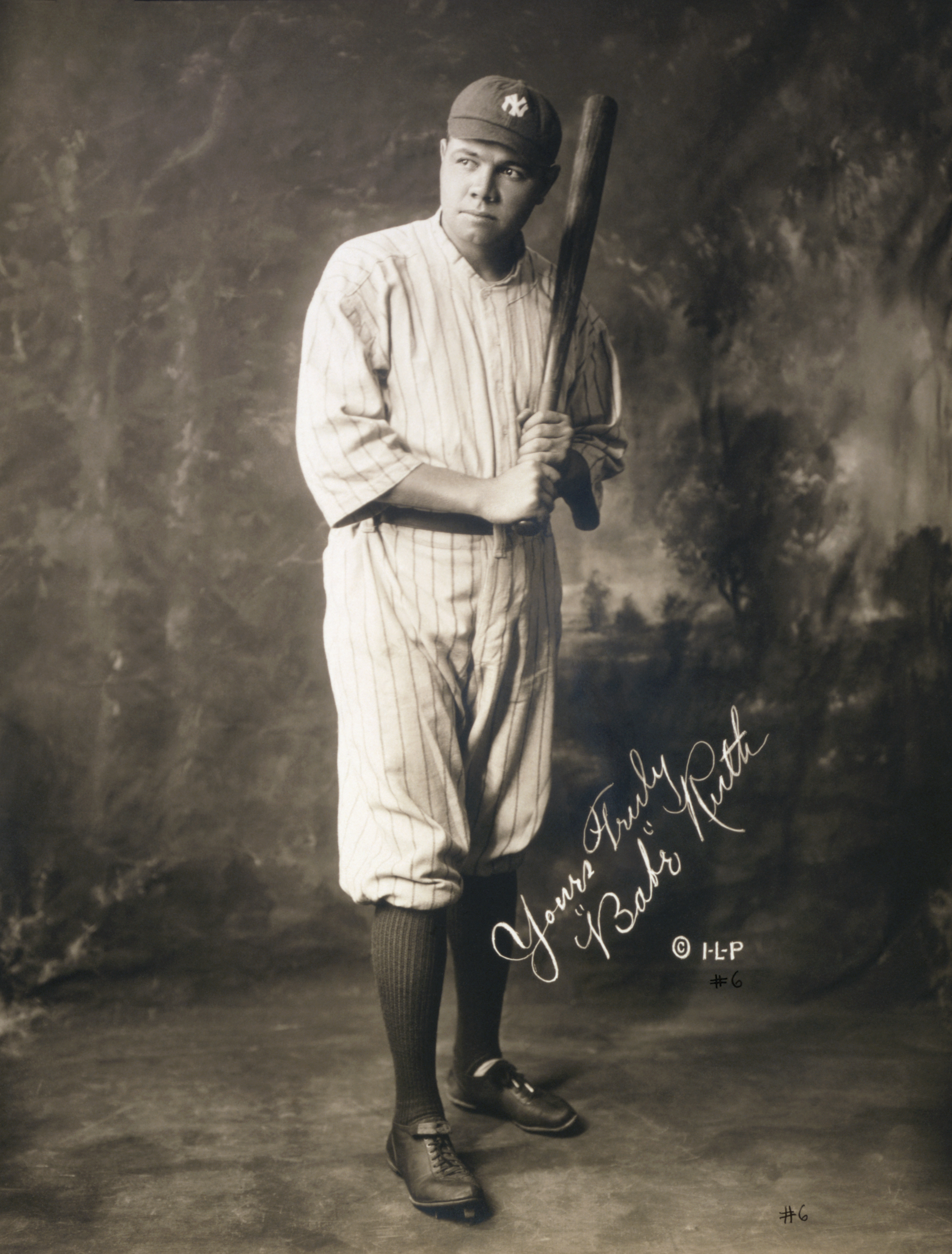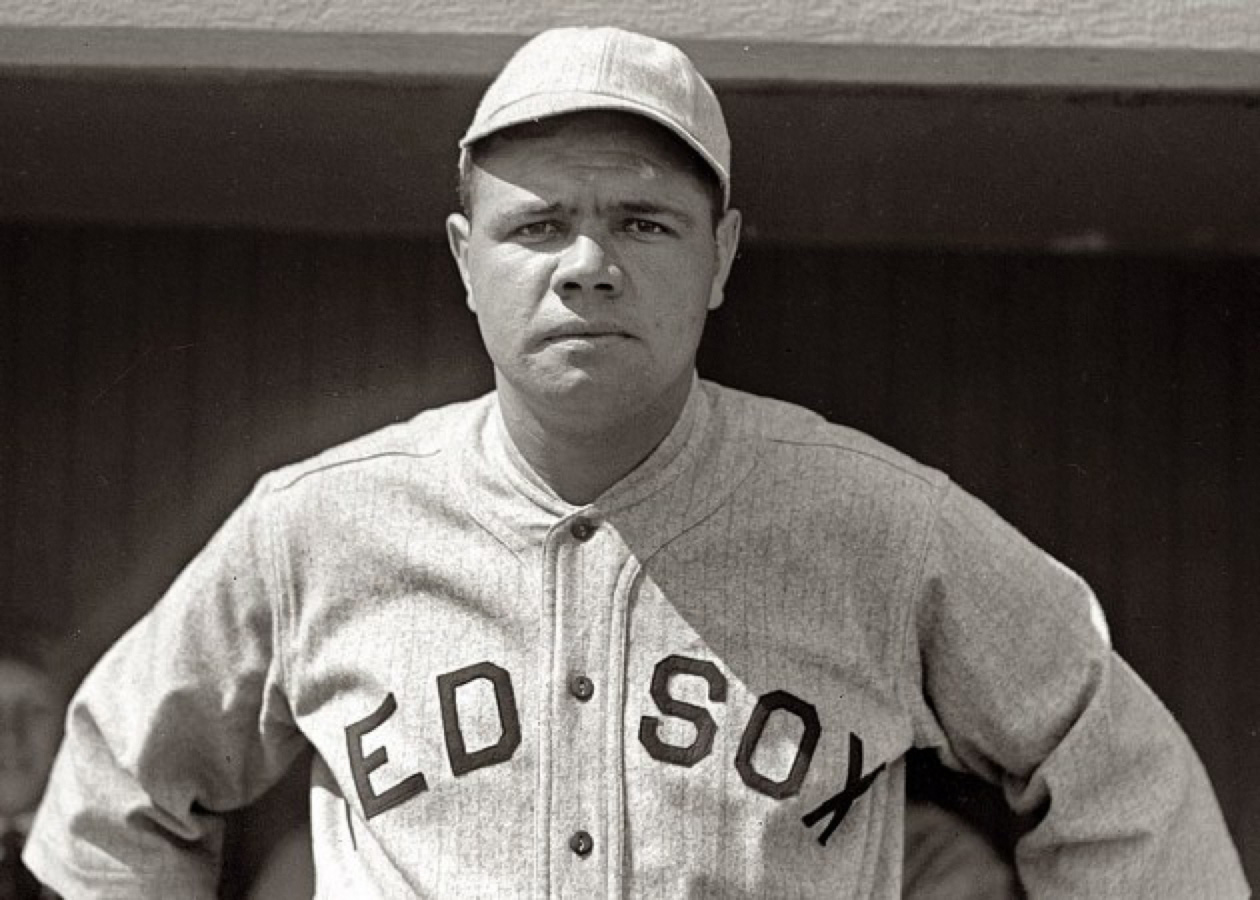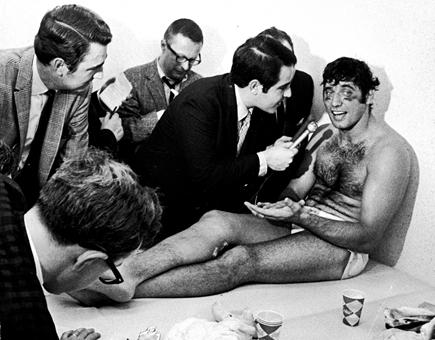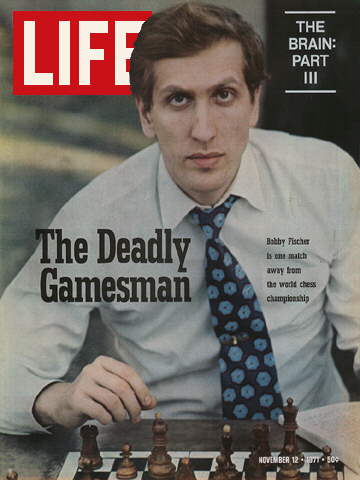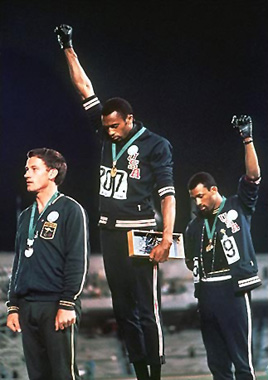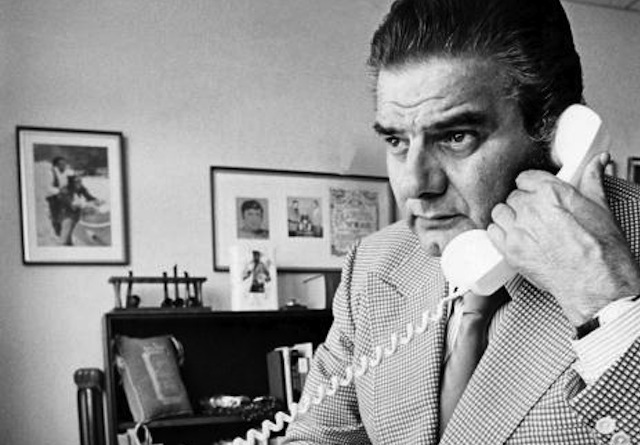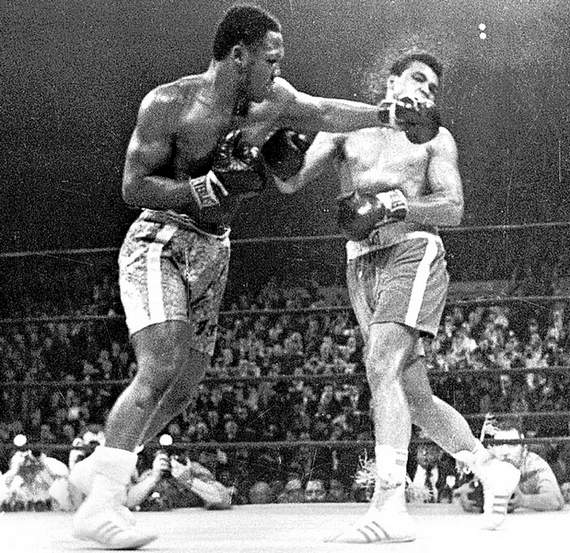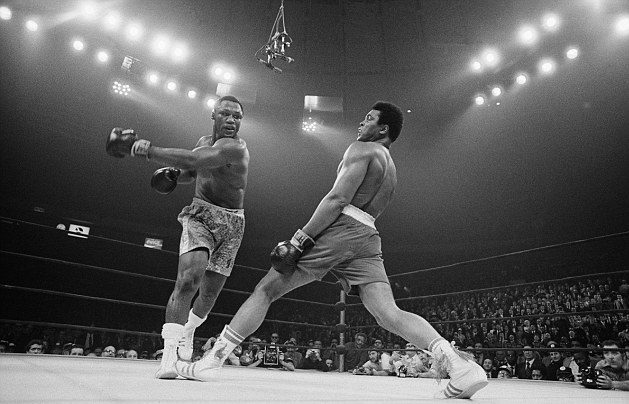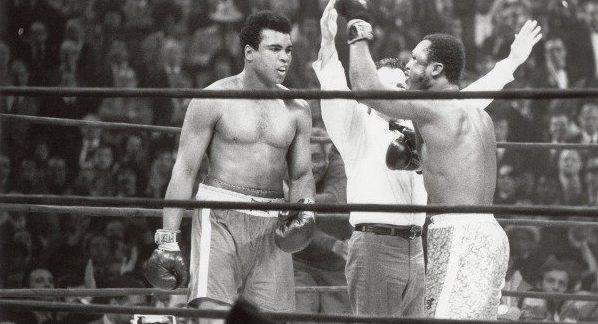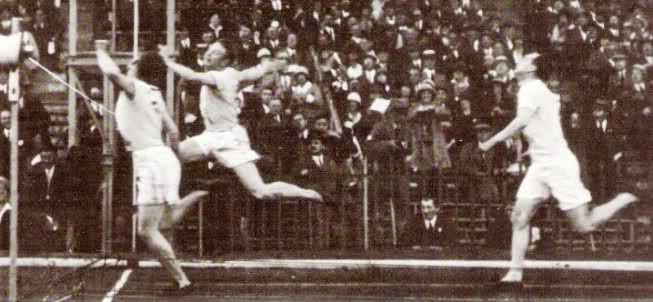The above classic photograph depicts Babe Ruth in the year he became a New York Yankee and tried on the pinstripes for the first time. The sale of his contract from the Boston Red Sox (for $125,000) stunned observers of the game. Truth be told, there weren’t a lot of great players in organized baseball’s early decades (because of the color line, among other reasons), so someone truly gifted like Ruth could have a massive impact on an organization. Fans in both Boston and New York were wise to that fact (for the most part), and this trade set off what would become a nearly hundred-year war between the clubs. From a January 7, 1920 New York Times article in the immediate aftermath of the deal:
“Babe Ruth, the Colossus of Swat, has signed his name to a document promising to play with the Yankees next season. Manager Miller Huggins, who went to Los Angeles to sign the player, wired President Jacob Ruppert yesterday that the home run slugger had signed an agreement to play here. Manager Huggins’s message also said that Ruth was very much pleased with the transfer that brought him to New York and would be delighted to play here next Summer. Huggins left California last night for New York.
Just what agreement Ruth has signed is not known by the officials of the New York club. That he has not yet signed a contract is certain from Huggins’s telegram. It is believed to be a tentative agreement that he will sign a contract at a certain time. Ruth expects to leave for the East next Monday. and his new contract will probably be signed in New York. He demanded a contract calling for $20,000 a year from Boston and this figure will undoubtedly be the basis of the new contract which the Yankees will give him. According to Huggins’s message, however, there is no question that Ruth is pleased with the change and glad to join the New York club.
The purchase of Ruth for the record price of $125,000 was the topic of the conversation along Broadway yesterday and baseball fans of all ages and sizes already see a chance for the Yankees to land the 1920 pennant. Manhattan’s fondest dream of having a world series at the Polo Grounds between the Giants and Yankees now becomes a tangible thing and that is the big event which New York fans will be rooting for all Summer.
The two Colonels–Ruppert and Huston–were praised on all sides for their aggressiveness and liberality in landing baseball’s greatest attraction. If the club, strengthened by Ruth and by other players the owners have in mind, does not carry off the flag, it will not be the fault of the owners.
Boston is duly shocked at the sale of Ruth and there is a wide difference of opinion about its effect on the game in the Hub. The newspapers yesterday had cartoons showing a ‘For Sale’ sign on the Boston Public Library and on the Boston Common. They also picture Fenway Park, the home of the Red Sox, in darkness, with a sign ‘Building Lots for Sale.’
Two Bostonians prominent in Hub baseball in the past, Fred Tenney and Hugh Duffy, are quoted as saying that the sale of Ruth is a good thing for the Red Sox and that it will be a better club without him.”

